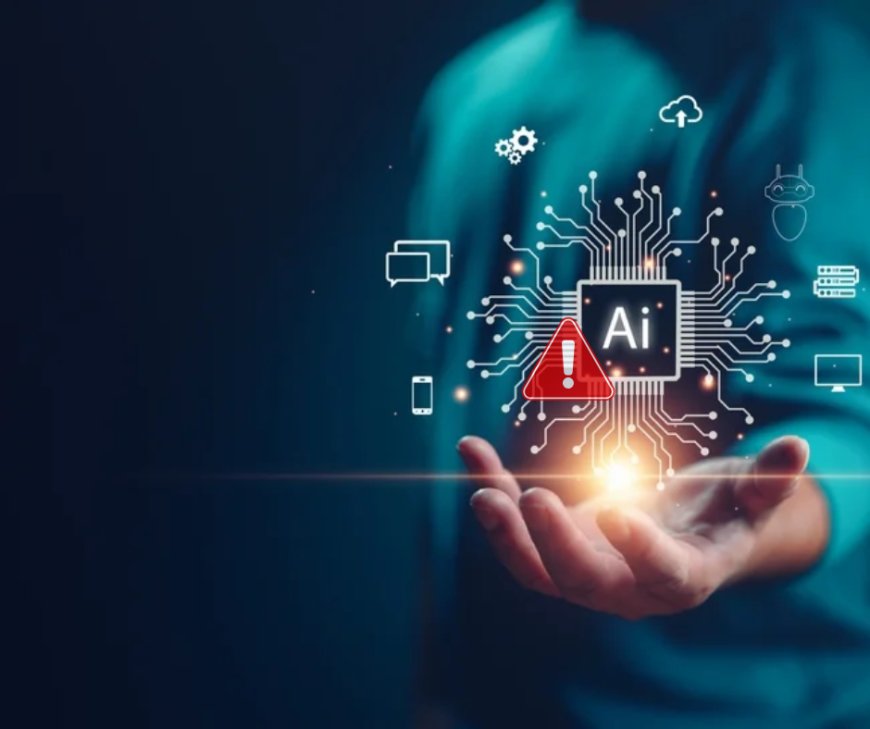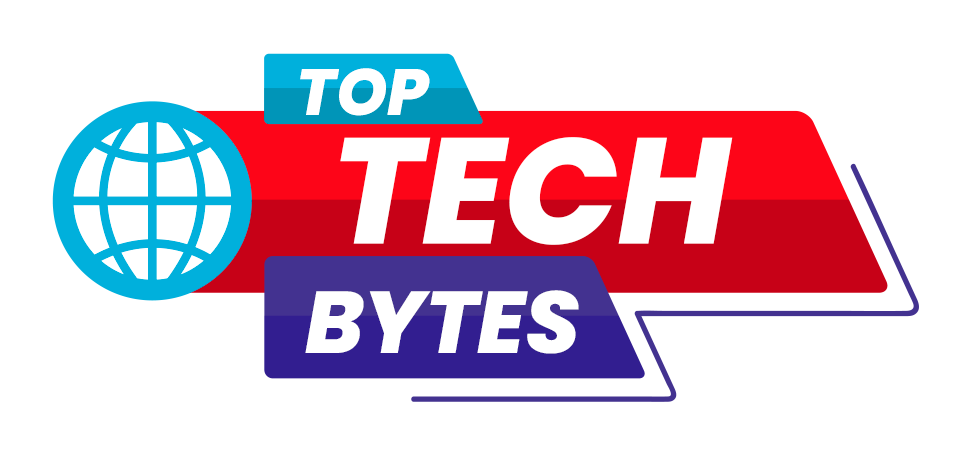Cybersecurity in 2025: Battling GenAI Threats, Cloud Risks, and Evolving Attack Strategies
In 2025, GenAI-driven attacks, cloud vulnerabilities, and Cybercrime-as-a-Service pose major cybersecurity threats. Experts recommend proactive measures such as GenAI-based threat detection, secure-by-design products, and strong cyber resilience strategies.

In 2025, cybersecurity will face significant challenges due to the rise of generative artificial intelligence (GenAI) and the increasing adoption of cloud computing. Experts from Tata Consultancy Services (TCS), Fortinet, and ESDS highlight several key trends:
GenAI as a Double-Edged Sword: While GenAI enhances operational efficiency, it also introduces risks. Cybercriminals are expected to exploit GenAI for sophisticated attacks, including deepfakes, phishing, and data manipulation. Organizations must implement GenAI-powered threat detection and response systems to counteract these threats.
Cloud Security in Focus: With the widespread adoption of cloud services, securing cloud environments becomes crucial. Implementing strong security protocols such as encryption, access controls, and continuous monitoring is essential to prevent unauthorized access and breaches. Proper configurations are vital to maintaining cloud security.
'Secure by Design' Becoming Mainstream: The integration of cybersecurity measures into products and services from the outset is becoming standard practice. This approach is particularly important as technologies like the Internet of Things (IoT), electric vehicle (EV) charging, and autonomous vehicles become more prevalent. Ensuring security is embedded in the design phase helps mitigate potential vulnerabilities.
Emphasis on Cyber Resilience: Developing robust cyber resilience strategies is essential to withstand unexpected cyber incidents. This includes regular backups, detailed incident response plans, and business continuity measures to ensure organizations can recover swiftly from attacks.
Specialization in Cybercrime-as-a-Service (CaaS): CaaS providers are increasingly offering specialized services for different segments of the attack chain. This specialization allows cybercriminals to execute attacks more efficiently, necessitating organizations to bolster their defenses across all stages of potential attack vectors.
These trends underscore the evolving nature of cybersecurity threats and the need for organizations to proactively adapt their security strategies to safeguard against emerging risks.
Information sourced from ET CISO.







